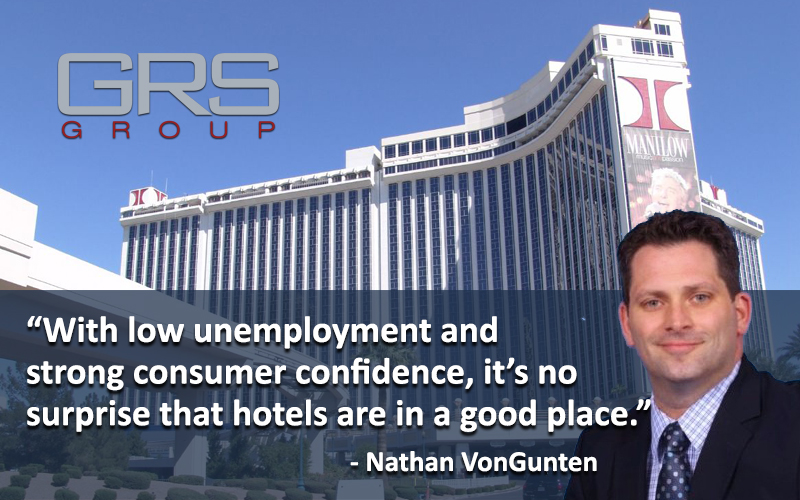Commercial real estate’s hospitality sector tends to mirror the overall economy because when businesses and individuals are financially successful, they spend money on travel. So, with near-record unemployment, a growing economy and strong consumer confidence, it’s no surprise that hotels are in a good place.
A recent Marcus & Millichap report on the sector’s third-quarter performance and future expectations (download here) said that hotels are strong across property types. Overall occupancy during the first half of 2018 was reportedly up 80 basis points from the same year-ago period, hitting 66.3 percent.
Small metro areas and suburbs area apparently attracting a significant share of hospitality customers, with a 90-basis-point-jump, increasing to 57.6 percent. Resort properties were even stronger, rising 100 basis points, to 70.1 percent. The major chain brands rose 80 basis points, and luxury assets led the way with 74.6-percent occupancy.
ADR (average daily rates) and RevPAR (revenue per occupied room) were reportedly on the rise due to this increase in room demand. ADR climbed 2.3 percent, to $128.33, while RevPAR jumped 3.3 percent, reaching $85.05. Economy hotels were the leading segment, seeing a three-percent ADR lift, to $63.02, while RevPAR was up 3.7 percent, hitting $36.94.
Assets saw improvements in both suburban and urban locales, and luxury properties also experienced a jump.
In the property transaction arena, upscale hotels saw strong gains. The highest-end assets on the market experienced a 26-percent boost in transactions, while those a tier below were up 17 percent. Hilton and Marriott were reportedly among the brands that saw a lot of traction.
These positive metrics have helped spur a large hotel-development trend. There were about 119,000 rooms completed representing roughly 1,000 hotels through the end of the second quarter, and there are 186,800 underway and 221,900 are set for groundbreaking in the next year. Marriott and Hilton were the two chains with the most growth. Meanwhile, hotel construction is highest in New York City, with 6,500 new rooms completed by the end of second quarter, followed by the Dallas metro’s 5,900.
ULI and PwC’s Emerging Trends in Real Estate 2019 report says that though the construction boom would raise eyebrows in other cycles, the hospitality sector’s strong overall fundamentals have given investors confidence, at least through next year. However, there is some concern that increased construction and labor costs could negatively impact hotels, along with the commercial real estate industry as a whole.

